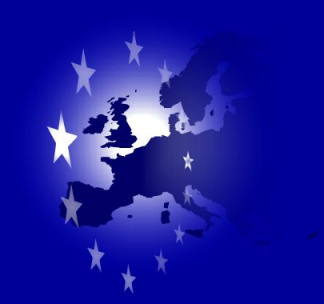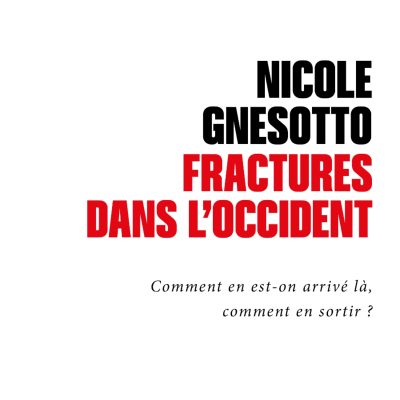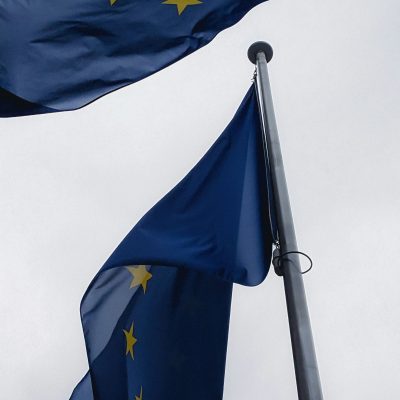The question of European government
Following on from the study by Philippe de Schoutheete and Helen Wallace on the European Council, Jean-Louis Quermonne examines ‘the question of European government’. With the Praesidium of the European Convention having published the outline of the future Constitutional Treaty, this is a highly topical issue.

She will ask the convention members, to use an expression I like, to ‘be inventors of simplicity’.
While the problem of the European executive has already been the subject of much discussion and has inspired many vocations, it cannot be reduced to the appointment of a symbolic figure, whether called President, Prime Minister or European Secretary. One of Jean-Louis Quermonne’s first contributions is to remind us that the expansion of the European Union’s missions takes us beyond the simple debate on governance by highlighting the need for something that lies on the side of government. That is to say, a body which, in clear relations with the other institutions of the Union, is capable of taking and implementing decisions.
I take away a number of key points from this well-argued work. First of all, simplicity should not be confused with simplism. Since its creation, the nature of European integration has been to reconcile two sources of legitimacy: that of the Member States, which is reflected in intergovernmental procedures, and that of common institutions, which have their origins in a direct relationship with European citizens. The question is therefore not one of choosing between the intergovernmental and the supranational, but, as Valéry Giscard d’Estaing, President of the Convention, so aptly pointed out, of making the most of both approaches.
Jean-Louis Quermonne also invites us to reject the misconception that sometimes equates the Community method with a supranational approach, when in fact it is a first synthesis between the two. Similarly, the Commission is too often perceived as an apolitical – not to say technocratic – body, whereas, by virtue of its composition and role, it has established itself as a political institution whose democratic legitimacy now needs to be strengthened.
From the dual legitimacy that is the principle of the Union, the author derives an institutional model based on the concept of “mixed government”, already set out in a text published by the Board of Directors of Notre Europe as an approach rather than a definitive proposal. This ‘mixed government’ would bring the Council of the Union and the Commission together under a single presidency in order to jointly manage the ‘single institutional framework’ undermined by the compartmentalisation of the ‘pillars’.
At a time when many people are seeking, either openly or hypocritically, to circumvent or even weaken the European Commission, I would like to emphasise the conclusions of Jean-Louis Quermonne’s analysis. While the Commission is not a body with ‘divine right’ and cannot claim a monopoly on government, its active presence within the government of a Union of 25 or 30 states must remain central. For it is consubstantial with the initial inspiration that enabled Europe to bring to its States and peoples the irreplaceable added value they enjoy today. Each phase of real progress in European integration can be explained, to a large extent, by the central role of the Community method. On the eve of an enlargement of unprecedented scale, which will confront the European Union with the challenge of numbers and severely test its cohesion and its capacity to act, the task of a body responsible for the consistency of its actions is more necessary than ever, unless it is to run the risk of dilution with its eyes open – or worse, with its eyes closed.




